What is a Narrative Essay?
A narrative essay tells a story. Personal pronouns and experience from the writer’s life are crucial aspects of this essay type. The purpose is to connect with the audience with the help of the narrative – a story with a point. Unlike other essays which may focus on research or argument, the narrative essay relies on carefully crafted details. Narrative essays take the format of a memoir – they should have a clear beginning, middle, and an end.
Let’s start by choosing a good topic.
How to Choose a Topic for a Narrative Essay?

Before choosing your topic, you can try to read other narrative essays for inspiration. This helps you gain a better understanding of the genre and receive ideas for your own topic and how to organize it.
Once you understand how the finished essay should look like, you can start to think about your topic in more detail. Think of a topic that could be interesting to both you and your audience. Since the narrative essay should draw from your own experiences, there is usually no need to use data from outside sources. Try to choose a personal topic that is not so widely covered on the web. It’s a good strategy to focus on a more narrow topic that is unique enough to catch the readers’ attention and encourage them to continue reading.
Your narrative essay should contain a story and some analysis of that story. Your goal is to illustrate your chosen issue through a personal story. The function of this personal story is to provide some evidence for the point you’re trying to make. Occasionally, you may choose to enhance your point with research in case you want to use additional details but this is not required. In most cases, a personal story will be enough to engage your audience.
Personal Narrative Essay: From Outline to a Refined Piece
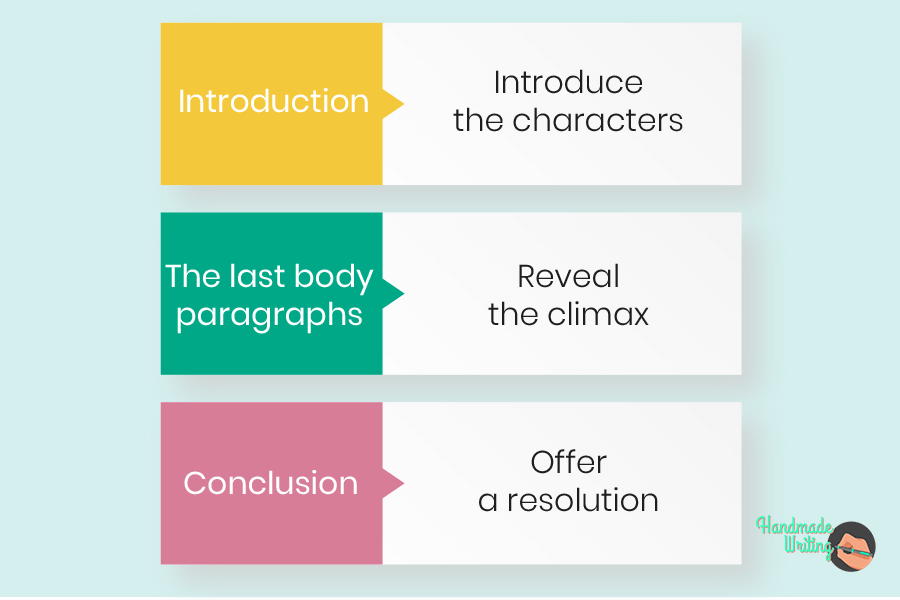
Like all good narratives, whether a novel or a short story, this form should contain characters, a climax, and a resolution. You should introduce the characters in the introduction paragraph, reveal the climax in the last body paragraphs, and finally offer a resolution in the conclusion part, a unique insight or meditative reflection upon a lesson learned through the experience.
This is the universal story arc of a narrative essay that includes a beginning, a middle, and an end. In the beginning, you establish the setting and characters of your narrative. The middle presents a problem that your character is facing and trying to solve until a solution is revealed at the end.
While many other essays follow the typical five paragraph format, the narrative essay enjoys much more freedom.
An A-level narrative essay requires a student to outline, draft, and revise the story to ensure that it not only flows; but fully develops the main idea with specific details. Supporting all the ideas with vivid examples from real life experiences is a must, just like in an illustration essay.
It is more personal than any other essay, and some students struggle with this aspect. Our professional essay writers love narrative essays and have put together this guide to help you craft a unique assignment.
Here are the main parts of the narrative essay:
Introduction Paragraph
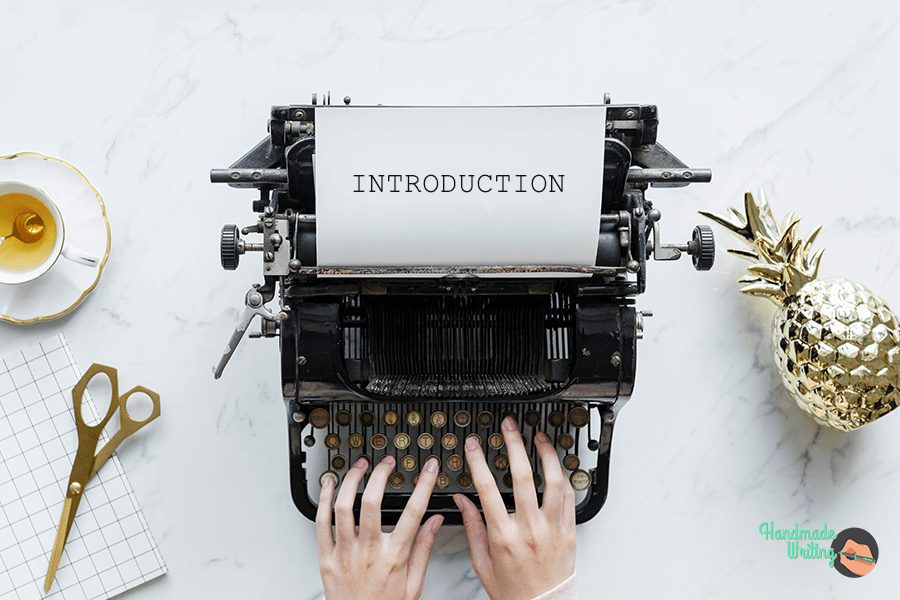
Related Posts: What is a Thesis statement | How to write an Essay introduction
In narrative essays, the introduction section is typically shorter than most and ultimately works to set the stage for the personal story about to unfold. While the story itself will be personal, it should link to larger ideas.
For example, the loss of one’s first goldfish could trigger a reflection on life, or the act of losing one’s car keys could morph into an essay on all different kinds of loss.
Within this paragraph, the writer should introduce him or herself and provide any important background the reader requires to immerse themselves within the narrative essay thoroughly.
Just like with any good novel or short story, the opening paragraph or chapter doesn’t always reveal what is coming next; this structure compels the reader to continue reading to enjoy the conclusion of the narrative fully.
Body Paragraphs
Since narrative essays are more creative than conventional academic essays, the minimum three paragraph rule may not apply.
While some narrative essays will be five paragraphs, others may be two or eight or more. It really depends on how the narrative within the essay needs to progress to communicate the writer’s goal sufficiently. Just as the persuasive essay’s goal is to persuade and the informative essay is to inform, the narrative essay’s goal is to entertain, or perhaps to contemplate.
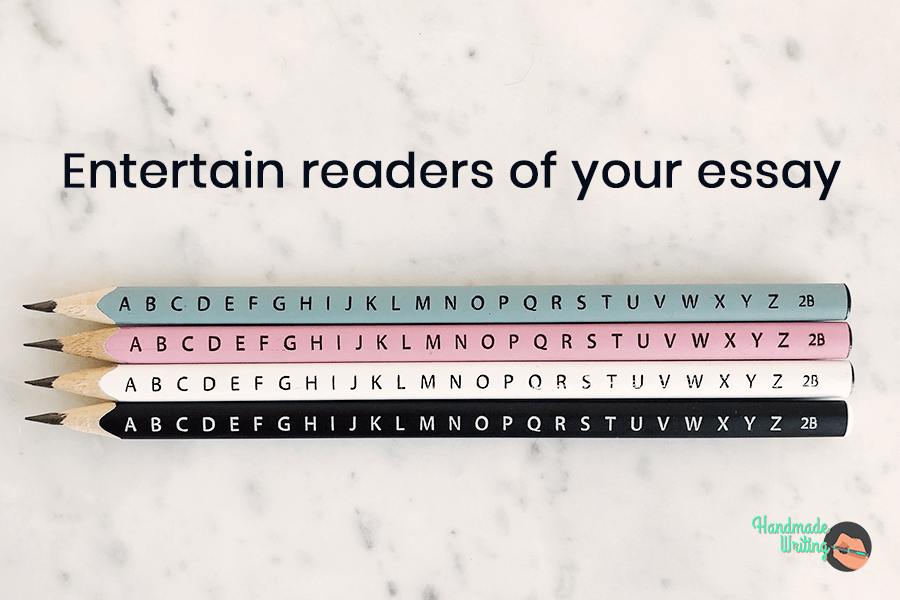
The body paragraphs should cover all the ideas you are about to unravel to the reader.
“I need someone to write my essay!” – That’s something we hear a lot. The good news is that you are in the right place to ask for help. Buy narrative essay at HandMade Writing and you won’t regret!
While a narrative essay lacks heavy research components, it will follow a typical body paragraph format:
- Topic sentence
- Background sentence(s)
- Detail sentences
While other essays frown upon relying on personal anecdotes, narrative essays thrive on them. Additionally, this essay format can include dialogue as well. Recounting key conversations can strengthen the narrative text. However, including dialogue means that the writer should pay attention to dialogue rules.
Be sure that you know how to use both single and double quotation marks when writing about a conversation between two or more people.
Conclusion

Usually, the conclusion paragraph exists to review the major points within the body paragraphs. However, in a narrative essay, the conclusion is sometimes the most important paragraph; it serves to bring the narrative to an end.
This section’s purpose is to share how the conflict was resolved or how a resolution was reached. Similar to the definition essay, the point here is not to review the ideas of the body paragraphs and reveal what you have been working towards since the opening sentence.
Many narrative essays offer a “reveal” in this section; there may be a surprise or an unexpected twist. Such literary tactics are appropriate in a narrative essay.
Conclusion tops up the narrative itself – it should be planned accordingly within the outline.
Not sure how to switch from an academic to a more personal type of essay? No problem. Here are some tips to help you navigate the narrative essay:
Tip #1. Figure out how your narrative essay would look like
This is the most important one to follow. Basically, this is what this whole article is about.
Here is an example of the structure of a narrative essay:
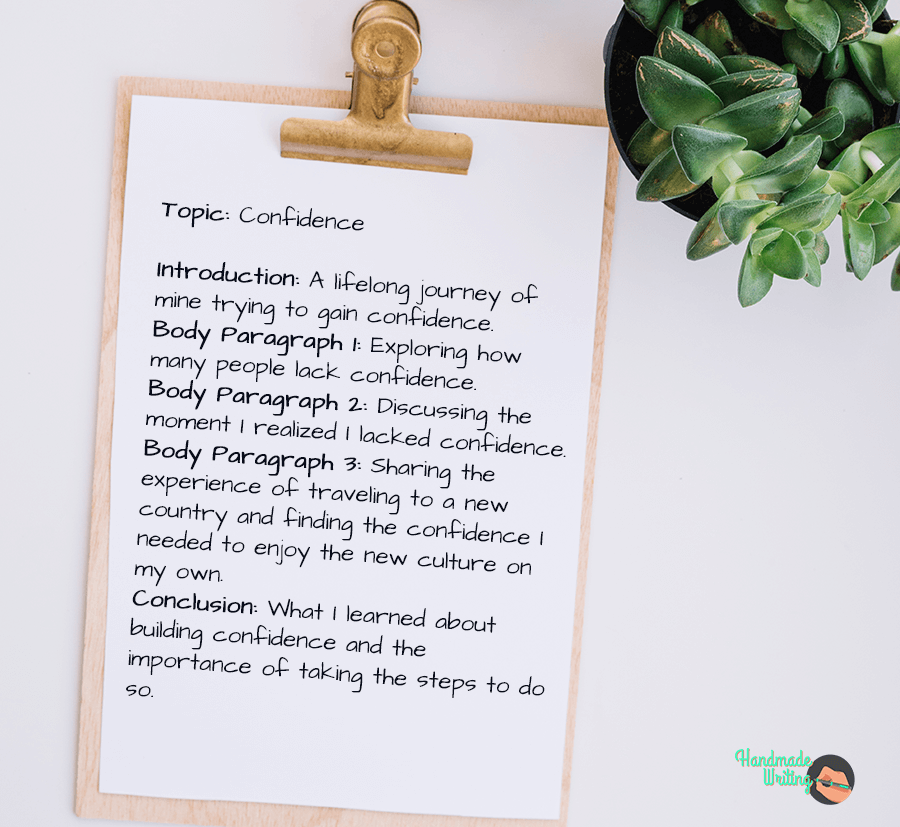
Tip #2. Use Transitions
Transition words or sentences are especially important in a narrative essay – these words help establish the order of events. Useful transitions in this essay format can include the following:
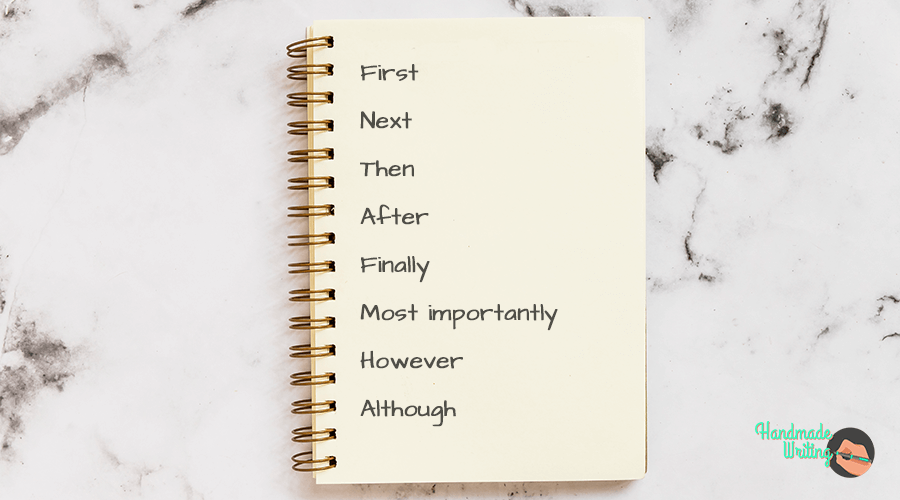
Narrative Essay Sample
Be sure to check the sample essay, completed by our writers. Use it as an example to write your own essay. Link: Personal Narrative Essay Sample
Other Tips from our Expert Writers
- Choose a non-embarrassing topic. Your teacher, and possibly your classmates will be reading this essay so pick a topic that you’re comfortable sharing with others.
- Connect beyond the experience. The point of a narrative essay is to relate an experience in your life to a larger idea – in recalling memory lane, remember to link it to something bigger than yourself.
- Start early. Don’t wait until the last minute. While you likely won’t need to hit the library to conduct research, you will be writing about yourself, and sometimes that can be harder.
- Write a draft. Know that first drafts are always riddled with mistakes. Just get your ideas down on paper and then worry about fixing all the grammatical stuff.
- Schedule an appointment with your teacher. All teachers have “office hours”—take your professor up in their office hours and get their feedback to ensure you’re on the right track. And don’t wait until the last minute!
- Revise. Take any constructive criticism from classmates, friends, or professional editing services and make your draft better.
- Read it backward. Begin with the last sentence and read the narrative essay until you end with the first sentence. While this won’t help with content issues, it does help the brain spot problems with grammar.
- Check the formatting. Before handing in any final copy, always check the formatting. Make sure that the headings, titles, font, spacing, and margins all conform to the professor’s preferences.
- Review the rubric. Once last time, check your final draft against the rubric to ensure that you’ve met all the requirements provided by the teacher.
Related post: How to write a Descriptive essay
Remember: not all stories are appropriate for all audiences, so it’s important to select a narrative topic suitable for your tutor. Use literary devices as appropriate —especially ones that create stronger images such as metaphors, similes, imagery, and personification among others.
Most importantly, review your narrative essay to ensure that it tells a story; sharing an important story is the most defining characteristic of this essay type. Ultimately, your narrative essay should strive to meet Chuck Klosterman’s definition:
“The essays are different because ultimately it’s things I’m interested in, and I’m really just writing about myself and using those subjects as a prism.”












